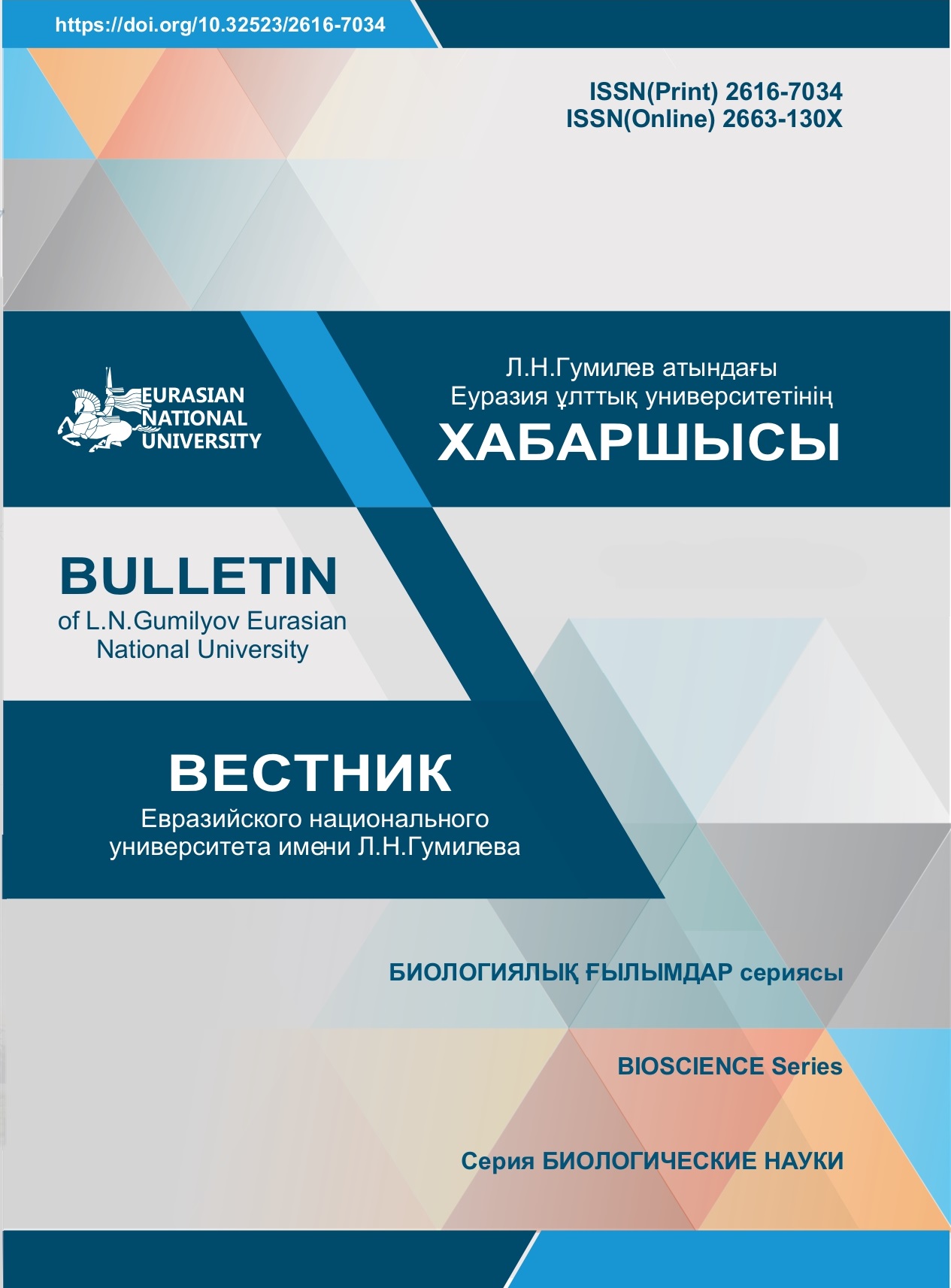Development of a protocol for determining the specific adulteration of food products by "real-time" polymerase chain reaction
Views: 223 / PDF downloads: 246
Abstract
Adulteration of meat products is becoming a serious problem all over the world, including inappropriate labeling, prohibited additives, or replacement of expensive ingredients with cheaper components. The consequences of such manipulations can be dangerous for the health of a consumer. For example, it may cause food allergies and poisoning. In this article, there was developed a protocol for the qualitative determination of the DNA of the mitochondrial genome of chicken (Gallus gallus) by the polymerase chain reaction in real-time in raw and heat-treated meat products.
The study was carried out to determine mixtures of meat and meat products from chicken, turkey, horse, lamb, pork, and beef. There were prepared 11 samples of 9 types of meat and two types of plants for the study of falsification. DNA isolation kits PrepMan Ultra (Thermo Fisher, USA) were used to obtain DNA with a high concentration between 1,900 ng/ml and 140 ng/ml. The selection of special primers and fluorescent probes was based on the alignment of the sequence of the chicken mitochondrial gene (Gallus gallus) from GenBank. All circuits are aligned using Primer Designer 3.0 software and synthesized by ThermoFisher.
The authors have developed a protocol to determine the specific falsification of food products by a polymerase chain reaction in "real-time" mode. The PCR protocol was tested on a collection of DNA samples to determine specificity, and PCR with different DNA content was delivered to determine sensitivity. Chicken DNA was clearly traced in the DNA matrix in the range of 0.01-10%.
Studies have shown that the developed protocol is a highly sensitive and specific express method for determining chicken DNA by a polymerase chain reaction in "real-time" mode, which allows them to be used in the diagnosis of animal DNA detection.








